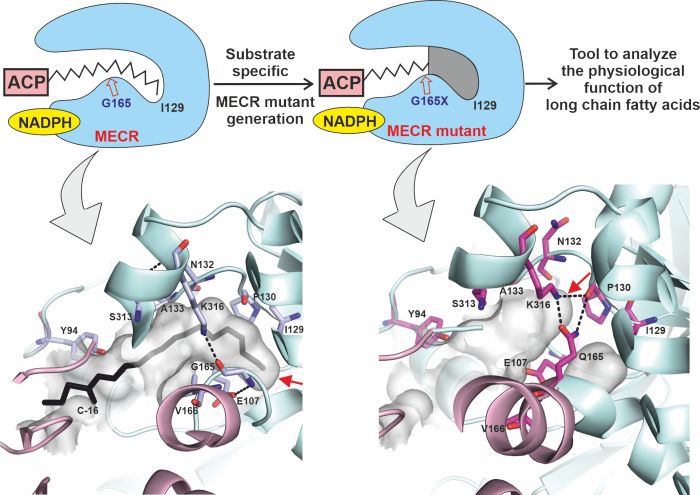
Research by an international team with the participation of Polish scientists leads to a better understanding of diseases related to the disrupted function of mitochondria, cellular 'power plants'. Long-chain fatty acids are essential for the proper course of cellular respiration, researchers from the Faculty of Physics of the University of Warsaw have found.
According to a University of Warsaw press release, the importance of this class of chemical molecules in this process has not been known until now, which is why the published results can be considered groundbreaking. The results of interdisciplinary research have been published in Nature Communications. They shed light on the mechanism of action of mitochondria, the malfunction of which disrupts the energy metabolism of cells.
Polish scientists (Dr. Joanna Panecka-Hofman) were responsible for molecular modelling, in cooperation with computational biophysicists from Germany (Heidelberg Institute for Theoretical Studies). The experiments were carried out by biochemists and crystallographers from Finland (Faculty of Biochemistry and Molecular Medicine of the University of Oulu and Biocenter Oulu).
The scientists used protein engineering. Mutants of a human enzyme involved in the mitochondrial fatty acid synthesis (mitochondrial 2E-enoyl-ACP reductase, which is encoded by the MECR gene) were designed using molecular modelling methods, protein structures were determined by X-ray crystallography. 'Our study is an example of a successful case of targeted protein modification,’ says Kaija Autio, a researcher at the University of Oulu.

The study is part of a more extensive research project investigating the connection between cellular respiration and the cell's nutritional state. 'This information helps us understand diseases that involve impaired mitochondrial function and cellular respiration much better than before,’ says M. Tanvir Rahman from the University of Oulu and lead author of the paper.
The source text is available here.
PAP - Science in Poland, Karolina Duszczyk
kol/ bar/ kap/
tr. RL













